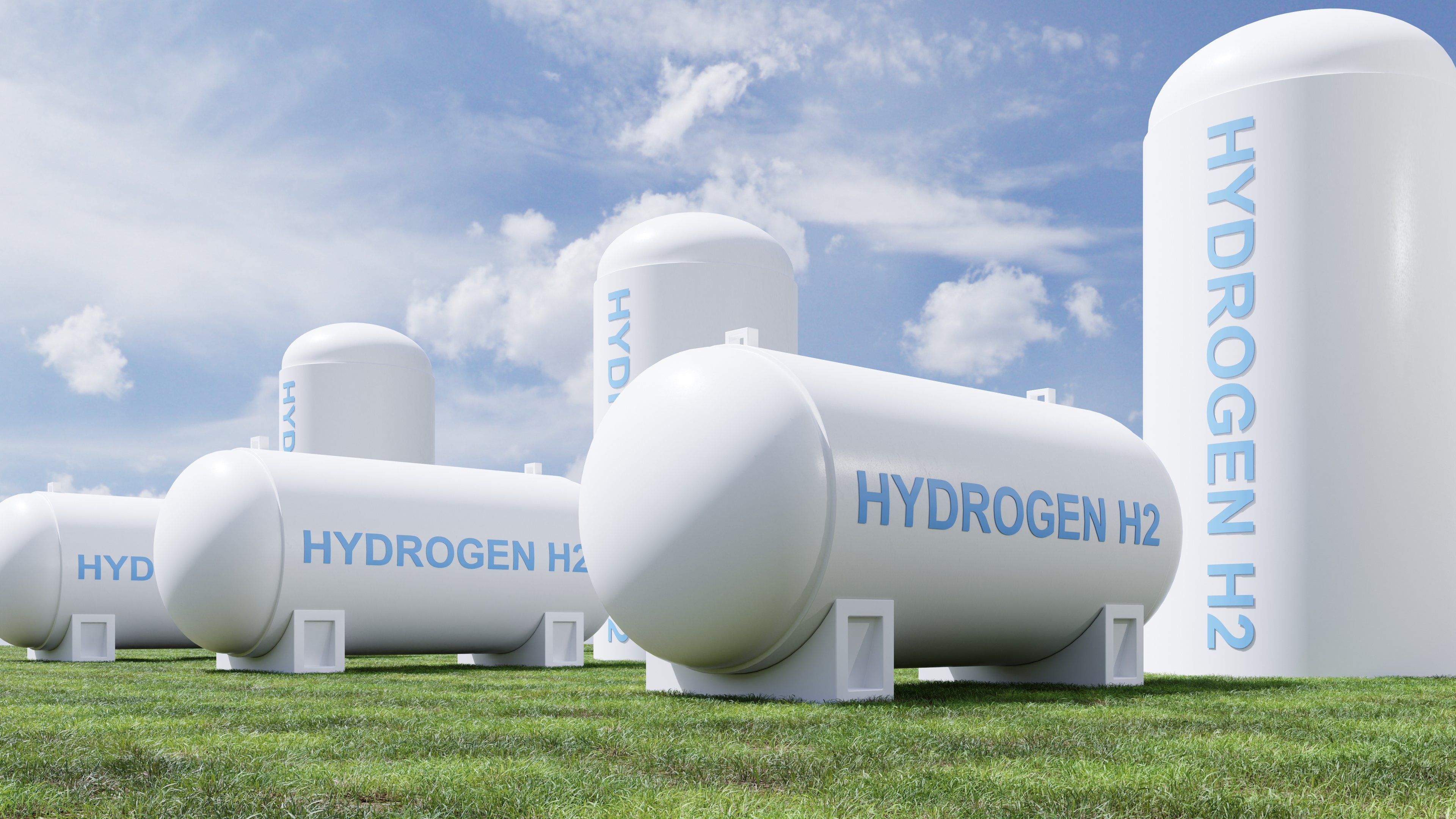Green energy companies come in all shapes and sizes, from small caps like hydrogen fuel cell manufacturer Plug Power (PLUG +4.42%) to mid caps like wind and solar utility TerraForm Power (TERP +0.00%) to large-cap electric carmaker Tesla.
They also come in all sorts of financial conditions, from risky start-ups to established moneymakers. Let's take a look at Plug Power and TerraForm Power, and see which one looks like a better buy for the long haul.

In the green energy industry, there are lots of choices. Which one is the best bet to outperform? Image source: Getty Images.
Apples to oranges
Even though Plug Power has been around for well over a decade, the hydrogen fuel cell manufacturer behaves like a scrappy start-up, trying to disrupt existing industries -- transportation, chiefly -- with a new, cleaner technology.
Although it has its sights set on getting its technology into big vehicles like delivery trucks, passenger trains and buses, at the moment, it's mostly confined to niches like warehouse forklifts and airport vehicles. These are niches in which equipment downtime -- of the sort that would be required to charge a battery -- causes big problems, making fuel cells, with their rapid refueling speeds, particularly attractive.
By contrast, TerraForm went public in 2014, but it's already the more mature company. It owns numerous solar and wind farms across the globe, selling the power it generates through long-term contracts that offer steady cash flow. Today, TerraForm pays a dividend that yields 6% in a sector -- green energy -- where dividends are scarce.
But that's not to say that everything has been sunshine and rainbows for TerraForm's investors. The company was struggling in 2018 before Brookfield Asset Management bought a controlling stake and implemented a turnaround plan to help it maximize the value of its existing assets, as well as to grow both organically and through acquisitions.
Check out the latest earnings call transcripts for Plug Power and TerraForm Power.
By the numbers
Looking at metrics like earnings and debt, you might get a sense that these companies are in similar financial circumstances. Both have struggled with profitability, and neither has posted positive net income on a trailing-12-month basis at any point in the last five years:
PLUG Net Income (TTM) data by YCharts
But that doesn't reveal the whole picture. While TerraForm's net income is negative on a trailing-12-month basis, it has posted a few (barely) profitable quarters -- not unlike Tesla -- while Plug Power has only posted one since it went public... and that one was all the way back in 2014.
But if instead of looking at net income, we look at EBIT (which strips out interest and taxes) and EBITDA (which further strips out depreciation and amortization) these two companies' financial pictures start to look quite different:
PLUG Net Income (Quarterly) data by YCharts
First of all, you can see that while Plug's EBITDA is negative in almost all its quarters, TerraForm has a substantial amount of positive EBITDA. In the most recent quarter, it posted more than $172 million in EBITDA. Once amortization and depreciation -- which in particular is a big expense for energy infrastructure companies like TerraForm -- are factored in, the earnings number drops by nearly two thirds, to an EBIT of $58.7 million, which is still positive. Then, once interest and taxes are factored in, the company's net earnings shift over to the negative side of the ledger.
Now, eventually, investors will want to see TerraForm turn an actual profit, not just positive EBITDA. But achieving consistent positive EBITDA is a step in the right direction that Plug hasn't managed to take.
The simple truth
Ultimately, though, while a company's current financials are important, what's even more important is how it will perform in the future. And the simple fact is that solar and wind farms are clearly going to be a big part of global energy production, while despite all of Plug Power's hopes, hydrogen fuel cell technology may not be.
Electric batteries have been eating fuel cells' lunch for the past several years, and battery-powered electric vehicles have been consistently outselling fuel-cell vehicles, by nearly 500 to one in 2017. That disparity is only likely to increase in 2018 as companies like Tesla ramp up their electric vehicle production. While Plug recently delivered a fuel-cell delivery van to FedEx, it's going to take something of a miracle for fuel cells to make up any significant fraction the ground they've lost in the green transportation technology race.
Meanwhile, for large-scale power generation, solar and wind farms are not only viable, but are the two leading renewable energy sources.
And the winner is...
There's no contest here. With its superior financials, larger size, and clear growth prospects -- not to mention a dividend yielding 6%! -- TerraForm is the winner. However, the company still has to prove it can deliver growth and consistent profitability.
In the case of Plug Power, the company needs to hope that it can hit upon a major innovation that can reestablish fuel cells as a viable contender in transportation. Otherwise, it may be stuck as a niche player permanently.








